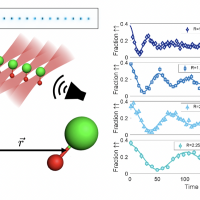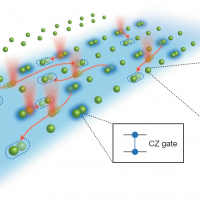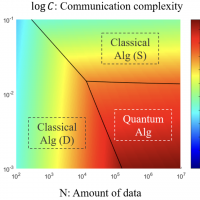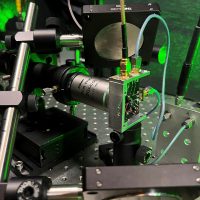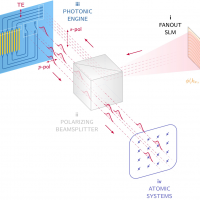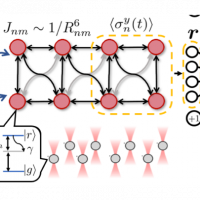News: Research Highlights
Tue November 22, 2022
Quantum entanglement between ultracold molecules in optical tweezer array
News type:
Sun November 20, 2022
Communication-efficient quantum algorithm for distributed machine learning
News type:
Sun November 20, 2022
Quantum sensor can detect arbitrary frequency electromagnetic signals
News type:
Sun November 20, 2022
Brain-inspired quantum machine learning for decision-making, entanglement witnessing, time-reversal
News type:
Mon November 14, 2022
Benchmarking quantum devices based on fingerprints of quantum chaos
News type:


